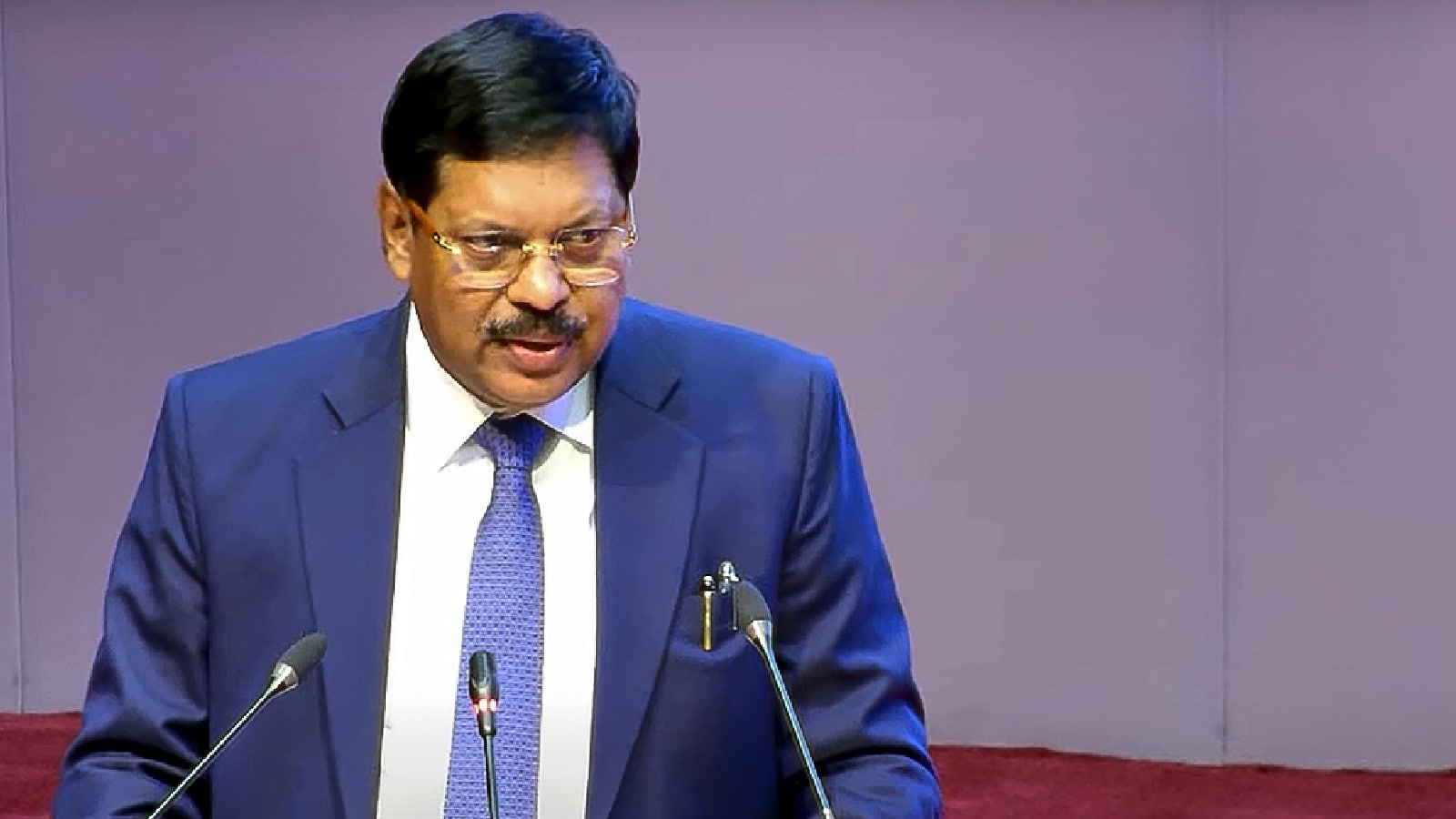Iowa Beef Farm Pioneers Virtual Fencing for Sustainable Grazing

Larchwood, Iowa – Sunlight and Rain Grass Fed Beef, a family-owned beef farm in Larchwood, Iowa, is making waves in the agricultural sector by embracing cutting-edge virtual fencing technology. Karl Palmberg, the farm’s owner, has recently implemented this innovative system after years of closely observing its development, marking a significant step towards more sustainable and efficient grazing practices.
For nearly a decade, Palmberg has been keenly aware of the potential of virtual fencing – a technology that uses GPS and electric signals to guide cattle without the need for physical fences. Traditional fencing methods can be costly, time-consuming to install and maintain, and can also negatively impact the landscape by fragmenting habitats and hindering wildlife movement. Virtual fencing offers a compelling alternative, promising a more flexible and environmentally friendly approach to pasture management.
“I’ve been watching this technology evolve, and I’m excited to finally put it to work on our farm,” Palmberg stated. “It’s a game-changer for how we manage our grazing lands and ultimately, how we produce high-quality, grass-fed beef.”
How Virtual Fencing Works: The system consists of lightweight, solar-powered GPS collars worn by the cattle. These collars receive signals from a central base unit, creating virtual boundaries within the pasture. When a cow approaches a virtual fence line, the collar emits a mild electric pulse, gently guiding the animal back into the designated grazing area. The system allows farmers to remotely adjust fence lines via a smartphone or computer, adapting to changing weather conditions, pasture growth, and the needs of their livestock.
Benefits of Virtual Fencing for Sunlight and Rain Grass Fed Beef: The adoption of virtual fencing is expected to bring several key benefits to Sunlight and Rain Grass Fed Beef:
- Improved Pasture Management: The ability to dynamically adjust fence lines allows for more precise control over grazing patterns, promoting even pasture utilization and preventing overgrazing.
- Enhanced Animal Welfare: The system allows for more frequent movement of cattle to fresh pasture, contributing to improved animal health and well-being.
- Reduced Costs: Eliminating the need for traditional fencing reduces labor costs associated with construction, maintenance, and repair.
- Environmental Sustainability: By minimizing the need for physical fences, virtual fencing helps preserve natural habitats and allows for greater biodiversity.
- Data-Driven Decision Making: The system provides valuable data on animal movement and grazing patterns, enabling farmers to make more informed decisions about pasture management.
Looking Ahead: Sunlight and Rain Grass Fed Beef’s implementation of virtual fencing is part of a broader trend towards technological innovation in agriculture. As the technology continues to develop and become more accessible, it is likely to play an increasingly important role in the future of sustainable beef production, benefiting both farmers and consumers alike. Palmberg's experience will be invaluable as other farmers in Iowa and across the nation consider adopting this revolutionary approach to grazing management. Consumers can look forward to enjoying even higher quality, more sustainably raised grass-fed beef from farms like Sunlight and Rain.
The farm's commitment to sustainable practices and innovative technologies positions them as a leader in the grass-fed beef industry, demonstrating the potential of technology to improve agricultural practices and contribute to a more environmentally responsible food system.






